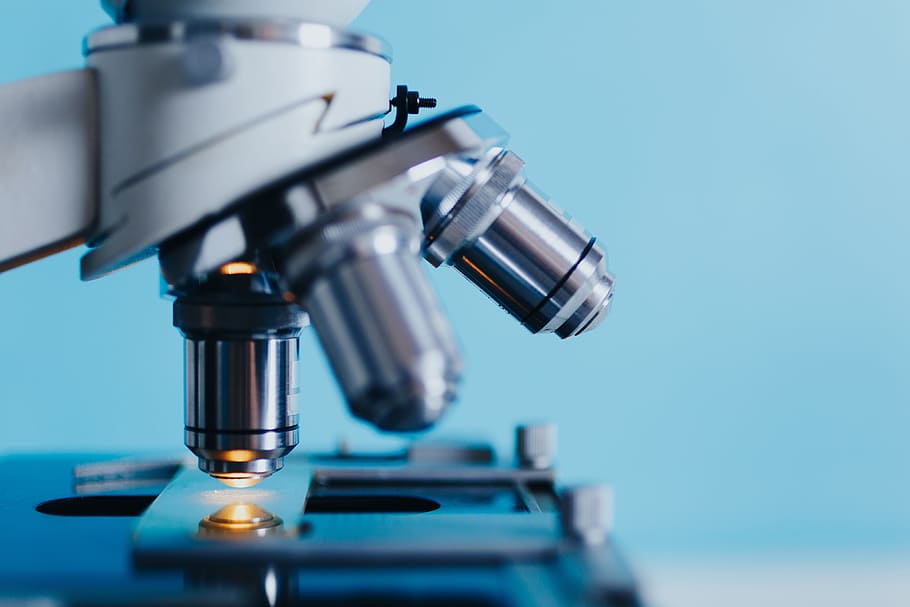Types of Biotechnology
Red Biotechnology
This technology is used in the field of medicine to do research and develop new drugs. It makes use of stem cells to regenerate damaged human tissue.
Green Biotechnology
This technology is used in the field of agriculture to research and develop pest-resistant solutions. As part of Green Biotechnology, research activities are also done for disease-resistant animals.
White Biotechnology
This technology used in the field of industry to research and develop new chemicals or for the development of new fuels for vehicles.
Blue Biotechnology
This technology is used in the field of marine and aquatic environment to research and develop new techniques to control the proliferation of noxious water-borne organisms.
1. Medical Biotechnology
Medical biotechnology is the use of living cells and other cell materials to better the health of humans. Primarily, it is used for finding cures as well as getting rid of and preventing diseases.
The science involved includes the use of these tools for research to find different or more efficient ways of maintaining human health, understanding pathogens, and understanding human cell biology.
Here, the technique is used to produce pharmaceutical drugs as well as other chemicals to combat diseases. It involves the study of bacteria, plant & animal cells, to first understand the way they function at a fundamental level.
It heavily involves the study of DNA (Deoxyribonucleic acid) to get to know how to manipulate the genetic makeup of cells to increase the production of beneficial characteristics that humans might find useful, such as the production of insulin.
2. Agricultural Biotechnology
Agricultural biotechnology focuses on developing genetically modified plants to increase crop yields or introduce characteristics to those plants that provide them with an advantage growing in regions that place some kind of stress factor on the plant, namely weather, and pests.
In some of the cases, the practice involves scientists identifying a characteristic, finding the gene that causes it, and then putting that gene within another plant so that it gains that desirable characteristic, making it more durable or having it produce larger yields than it previously did.
3. Industrial Biotechnology
Industrial biotechnology is the application of biotechnology for industrial purposes that also include industrial fermentation. Applying the techniques of modern molecular biology, it improves efficiency and reduces the multifaceted environmental impacts of industrial processes including paper and pulp, chemical manufacturing, and textile.
4. Environmental Biotechnology
Environmental biotechnology is the technology used in waste treatment and pollution prevention that can more efficiently clean up many wastes compared to conventional methods and significantly reduce our dependence on methods for land-based disposal.
